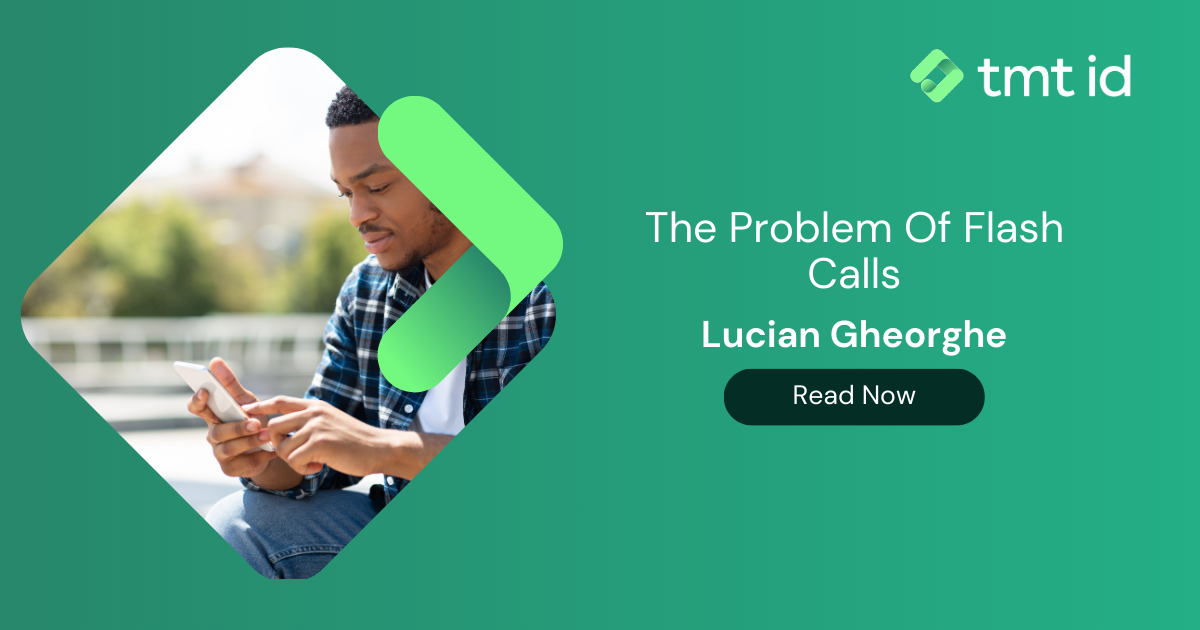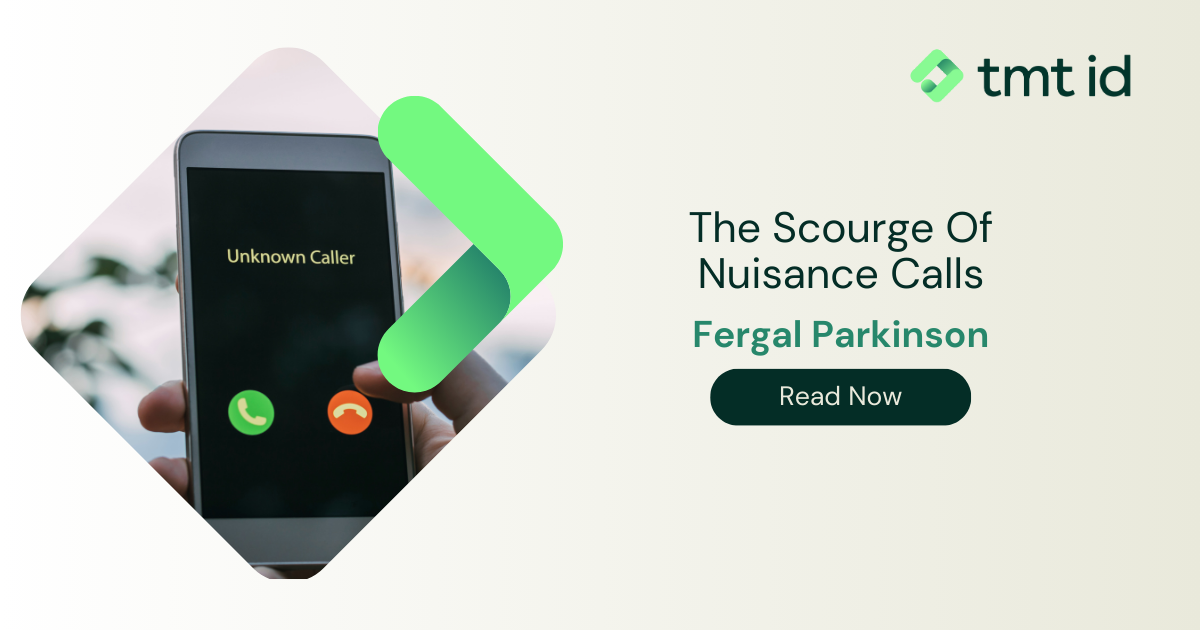
As part of my job at TMT ID I often discuss with customers about problems they are experiencing. More and more one of the problems that has been coming up more frequently is the issue of ‘Flash Calls’.
In a nutshell, a Flash Call uses a missed call as a way of bypassing using an SMS to provide a one-time password (OTP). The sender calls the subscriber and hangs up very fast so the subscriber can’t answer it.
The Caller ID from the call forms a one-time password. If the subscriber uses an Android phone and gives the receiving app permission to manage phone calls, the app will read the Caller ID and authenticate the user. On IOS, user input is required.
Recent research by Juniper predicts the number of calls used for flash authentication will be near 130 billion globally by 2026.
This procedure is different from traditional 2FA methods. Most traditional methods require users to enter a code from a text message. However, this procedure uses digits from the incoming call number as the passcode through an entirely automated process.
Technically, there are 3 ways of doing Flash Calls:
Obviously, the main parties in this scenario are the End user and the Enterprise using Flash Calls to authenticate the End User. But they are not the customers and prospects I mentioned earlier; they are the users of a service that involves multiple parties with different interests. The customers and prospects I have spoken with include:
My personal opinion is Flash Calls won’t be stopped and MNOs shouldn’t try to stop them, but rather the focus should be on identifying ways to monetise these calls.
As initiatives to authenticate the Caller ID are advancing, such as STIR/SHAKEN in the US and Canada, some of the spoofed Caller IDs may go away in the near term. But it will take quite a lot of time to do that everywhere. If MNOs want to stop losing revenue with Flash Calls, there needs to be a joint effort which I see like this:
In conclusion, I think Flash Calls are here to stay, although I don’t think it will have as much traction as the A2P SMS. As it can be considered “cherry-picking” for now, it is a valid service that some Enterprises and end-users like.
I don’t think MNOs can stop them, but rather they should try to monetise Flash Calls just like they have monetised A2P SMS. Similarly, AIT is another growing problem that MNOs and internet providers will struggle to handle in the future due to the returns they offer to cyber criminals.
For more information on our range of products email us info@tmtid.com
For helpful advice on number spoofing, you can read our related article.
Last updated on April 30, 2025



TeleShield is a powerful telephone fraud prevention API which protects both your business and your genuine customers. It provides robust and dependable security against a range of telephone-based fraudulent activities such as flash calls, International Revenue Share Fraud (ISRF), Origin Based Rating (OBR), ‘Wangiri’ scams, premium rate number fraud, telephone number spoofing and more.
Learn about TeleShieldWe provide the most comprehensive device, network and mobile numbering data available
Contact us > Chat to an expert >